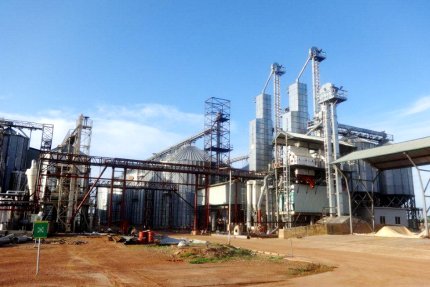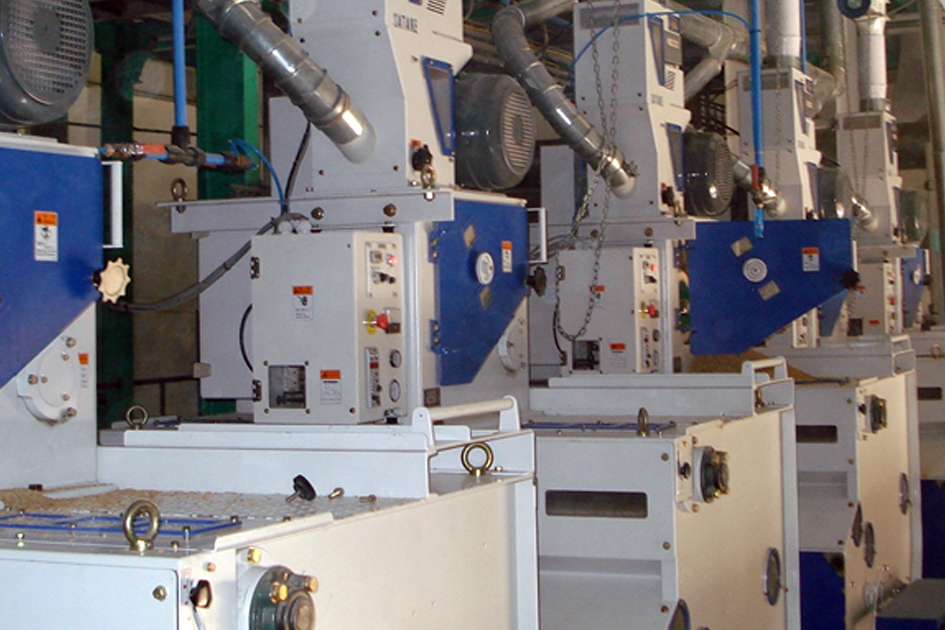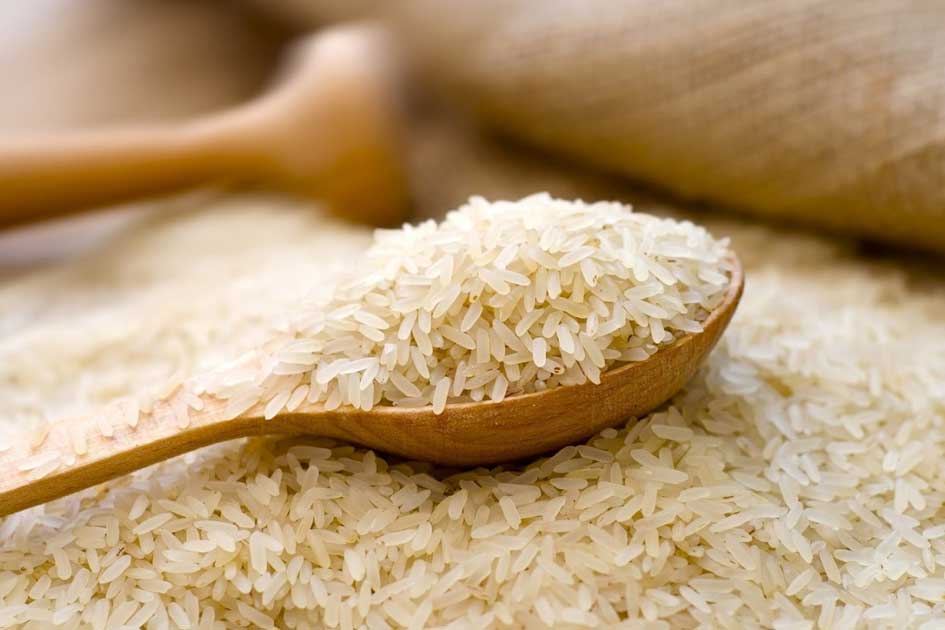Rice is perhaps the grain that has been cultivated for a very long time. It is occupying approximately 9% of the total arable land. It is the second cereal in significance for the human diet, after wheat. It is at present the food base of a two-third population of the world.
It is well known that paddy drying is essential for its safe storage. You can expect a better storability of the paddy if the moisture content is within safe limits. As a rule of thumb, 1 % decrease in the moisture content of the grain doubles the storage life. But drying of paddy is not easy. The high humidity is a serious factor obstructing appropriate drying and storage of grains.
A certain level of moisture content should be maintained in rice and this depends on the time for which it is going to be stored.
- 18% for 2 weeks
- 14% or less a month
- 13% or less for 8-12 months
- 9% or less for long-term storage
There are many processes of drying:
-
- Field drying: It is done in a field after cutting rice panicles in fields and then stacking them into piles and racks. It is most primitive of them all.
-
- Sun drying: This labor-intensive method is preferred by small farmers. This is inexpensive way of drying paddy
-
- In-store drying: Paddy is dried during storage by controlling the level of humidity in the air. It is a slow process.
- Batch dryer: It may lead to uneven drying and usually used by farmers and rice millers.
Storage of high moisture grain is a grave problem farmer facing. Traditional methods of sun drying are still in practice but have sure disadvantages such as
- unreliability
- uncontrolled heating of grains
- thermal stresses leading to grain fissures
- vulnerability to infestation in open
- Losses due to birds
Use of mechanical paddy drying offers a number of advantages over old-school methods and some of the benefits are as follows –
- Sustaining the quality of paddy
- Safe drying even during rain and at night
- Convenient control of drying parameters
- Significant saving on the labor cost
For the best drying, you must take advantage of the technology. You must go to the best paddy drying providers. Nextech Solutions have experts which provide complete solutions related to rice.
 MAIL US :
MAIL US :
 CALL US :
>
CALL US :
>


